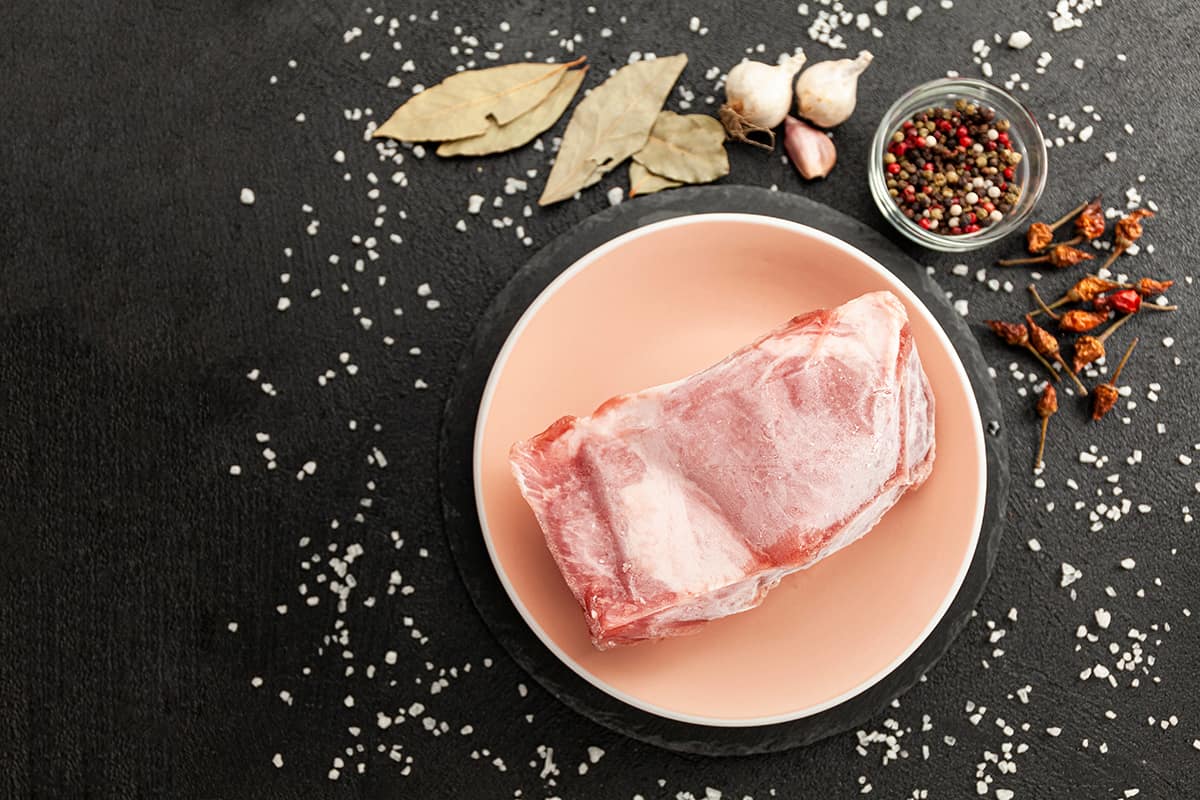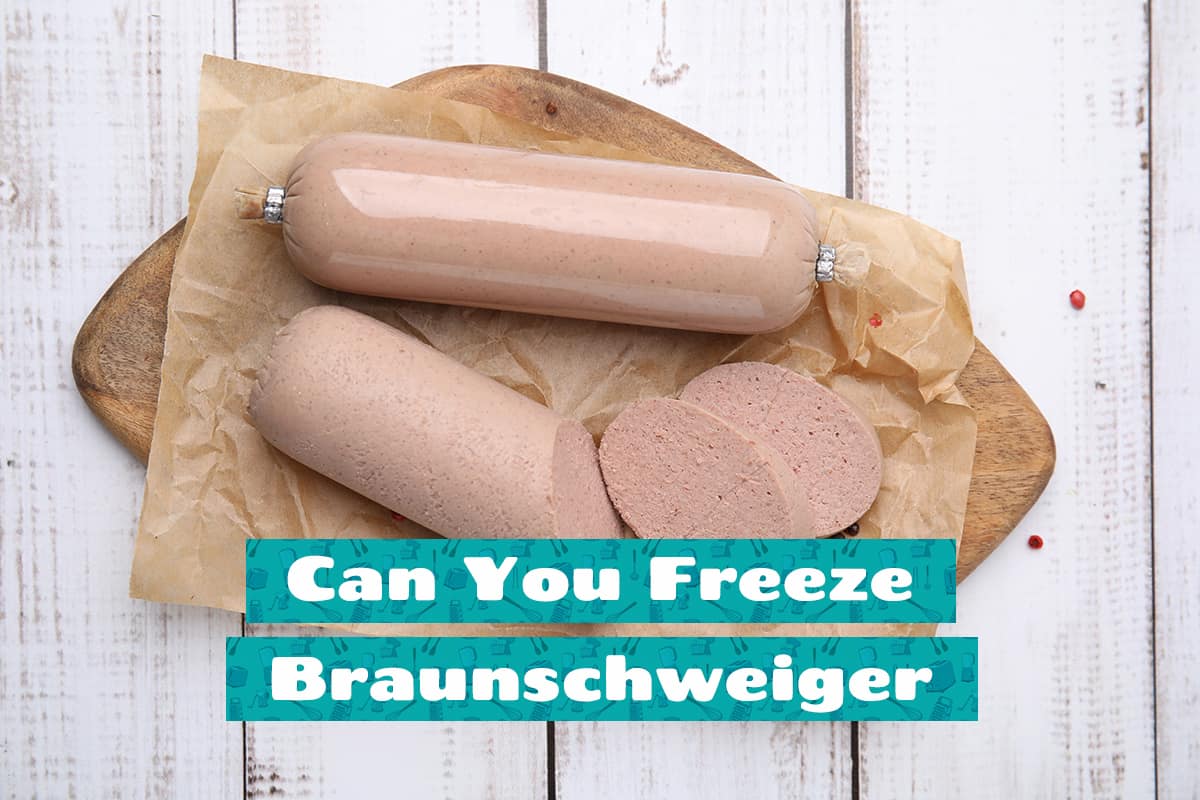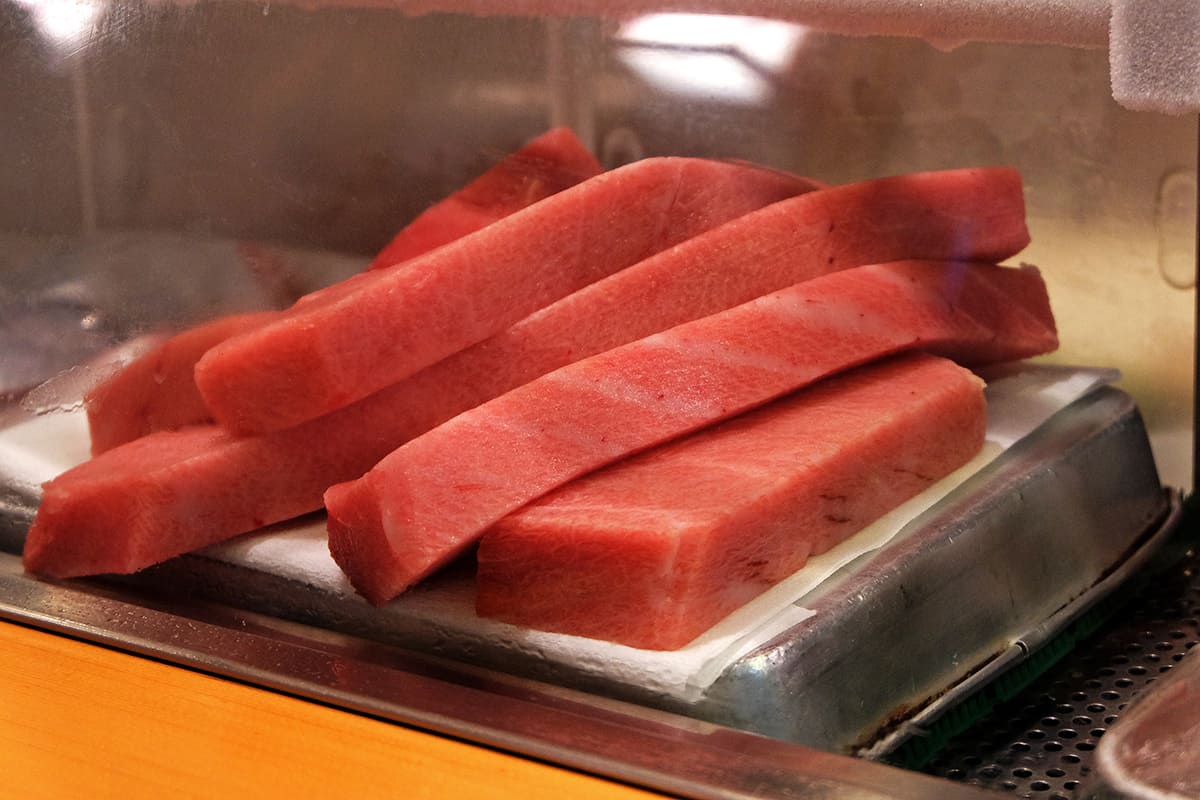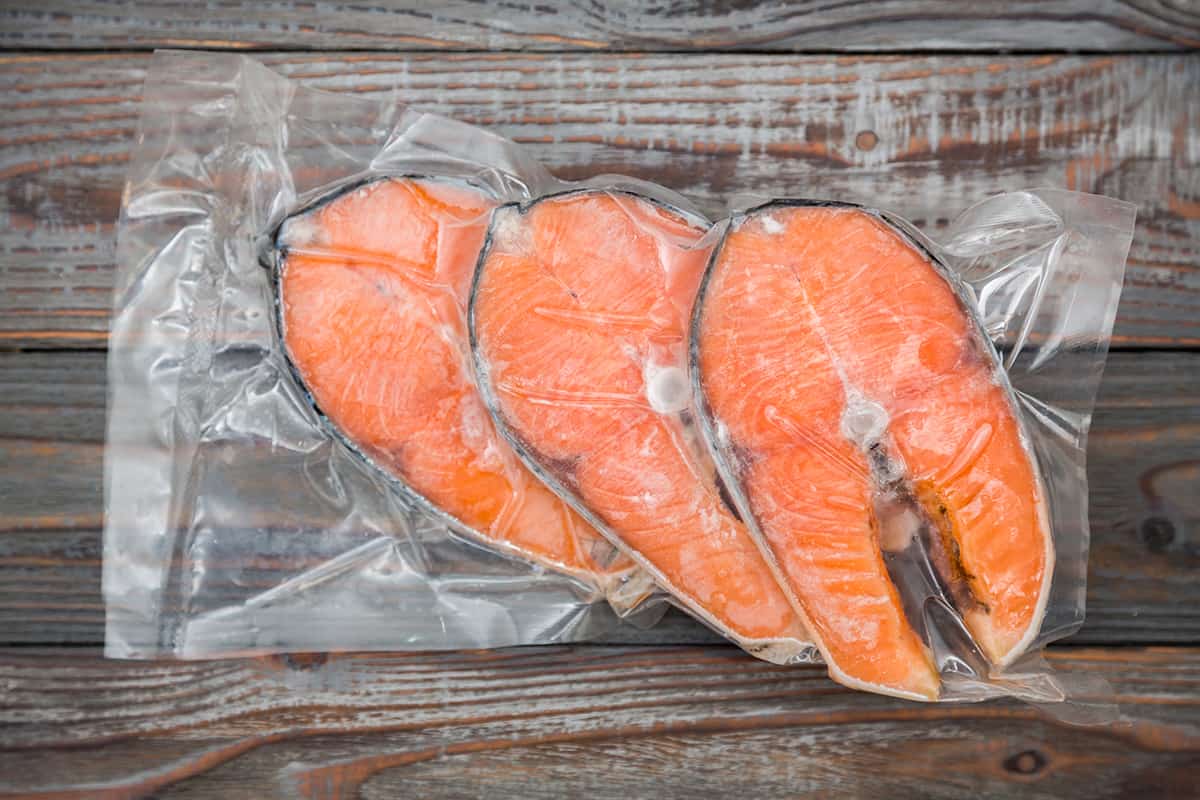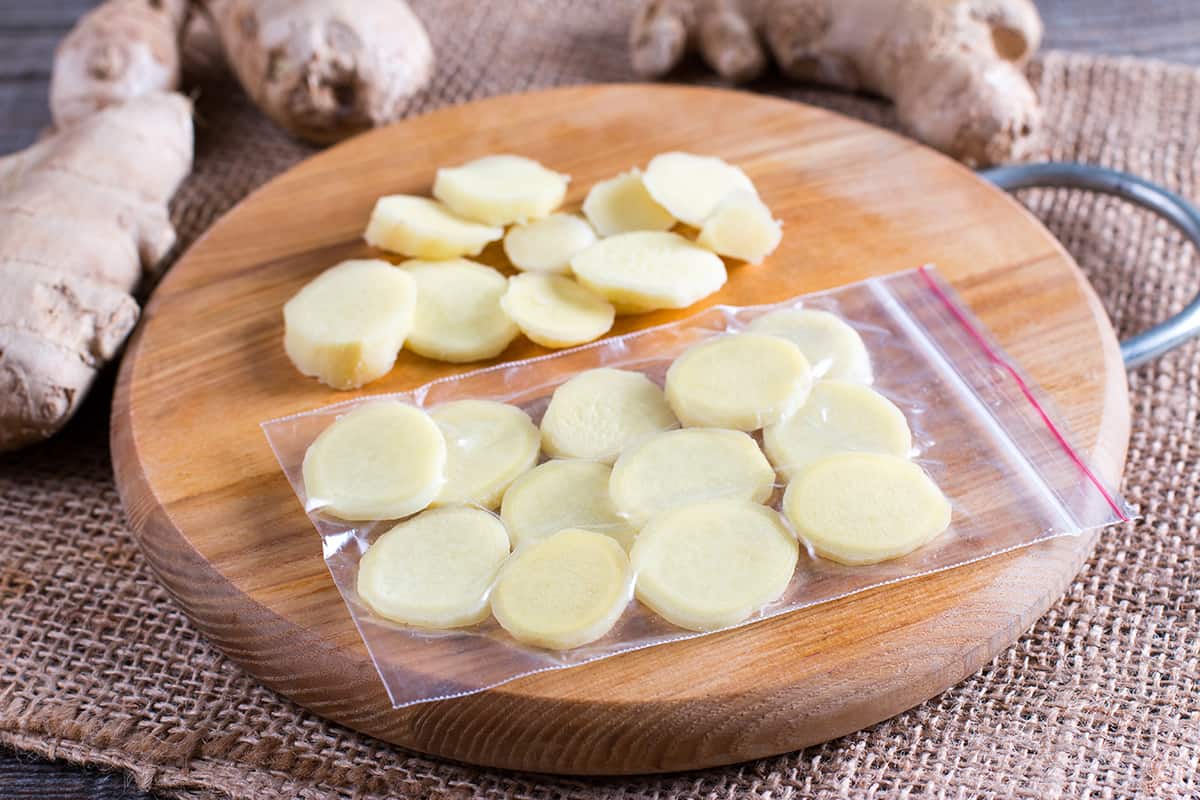It’s generally a good idea to stock your fridge with as much meat (chicken, sausages, steaks, what have you) as you can fit in there. However, if you don’t know how to defrost your meats, you’re not going to have a fun time preparing dinner.
In this guide, I’ll explain everything you need to know about defrosting meats, from the right ways of defrosting to learning the telltale signs of spoiled beef. So, before mom gets home from the office and screams your head off for not taking the chicken out of the freezer, you better read up!
Ways to Defrosting Meats
There are 3 ways to defrost your meats, with each method offering varying thawing times. Let’s take a look at each method.
1. Microwaving

With a microwave, you can have fully-thawed meat ready to cook in under 10 minutes. The only drawback of using a microwave to thaw meat is that can only do it in batches when working with large cuts. However, for a single cut of steak or an entire chicken, defrosting it in the microwave is as easy as can be.
Each microwave has a different defrosting temperature and duration, so take the owner’s manual out and skim the defrosting section. If your microwave doesn’t come with a preprogrammed Defrost setting, turn it down to its lowest power and microwave the frozen meat at 2- to 5-minute intervals. Always check up on the meat to ensure that the exterior temperature doesn’t reach the danger zone (between 40° and 140°F) before the inside is fully cooked.
Be careful when using a microwave to defrost meats as it can actually wind up cooking the meat before you’re ready. If it feels like the outside is heating up too quickly while the inside is still rock-solid, you need to turn the power setting down.
2. Submerging in water
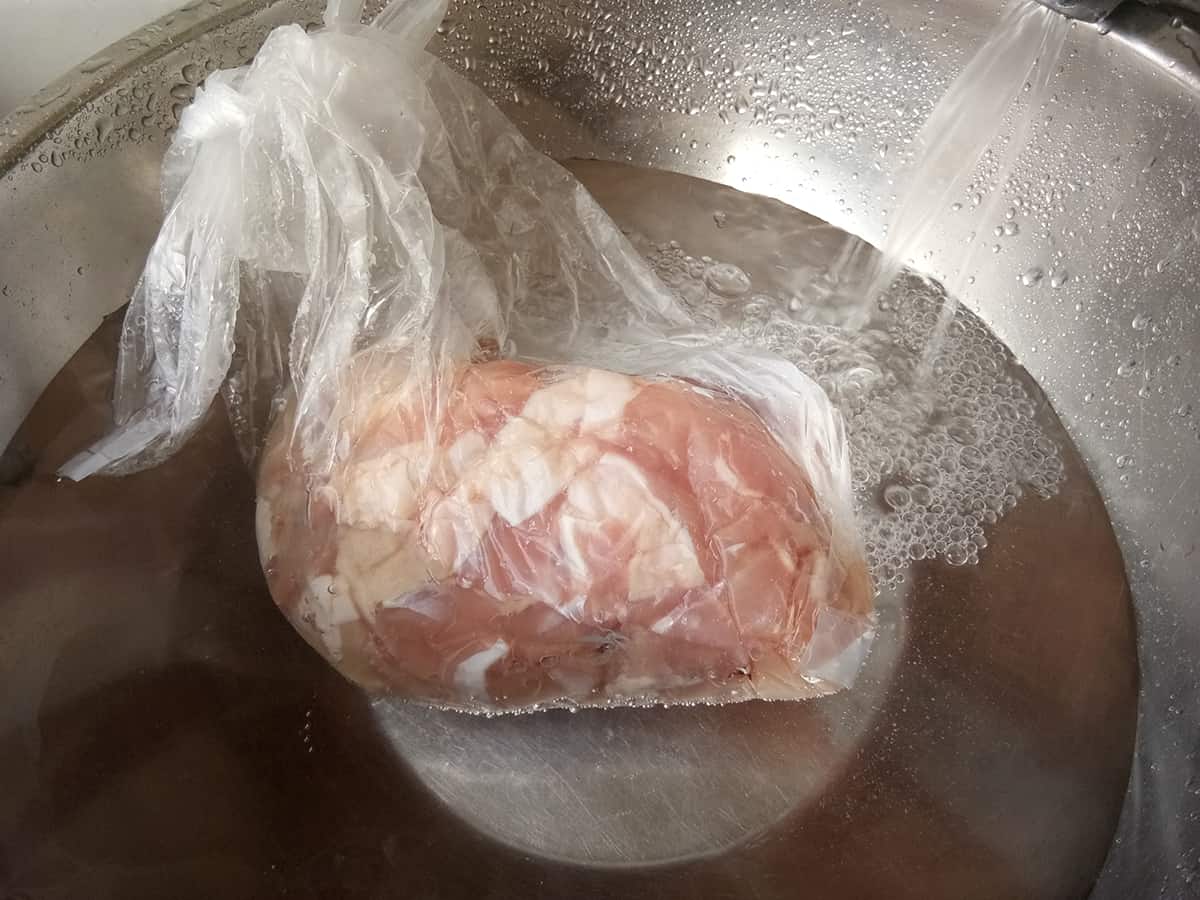
The second-fastest defrosting method is submerging your frozen meat in water. To do this properly, you need to transfer your frozen cuts of meat to a resealable bag and place the entire bag in a large bath of cold water. Every 15 minutes or so, replace the water in the bath.
On average, it takes roughly 30 minutes of defrosting per pound of meat. So, if you want to defrost an entire 16-pound turkey, it will take roughly 8 hours before the meat has come up to temp.
It’s crucial that you use an intact resealable bag and that the top is completely shut off. If there’s a leak anywhere in the bag, airborne contaminants can cling onto your meat, causing it to spoil more quickly. In addition, if you submerge the meat in water without a plastic barrier, the meat will absorb too much water, which can affect the meat’s texture.
Finally, only use fresh cold water when defrosting meat in the sink. Never use hot water as it will rapidly raise the meat’s exterior temperature and expose it to the danger zone where foodborne pathogens thrive.
3. Leaving in the fridge
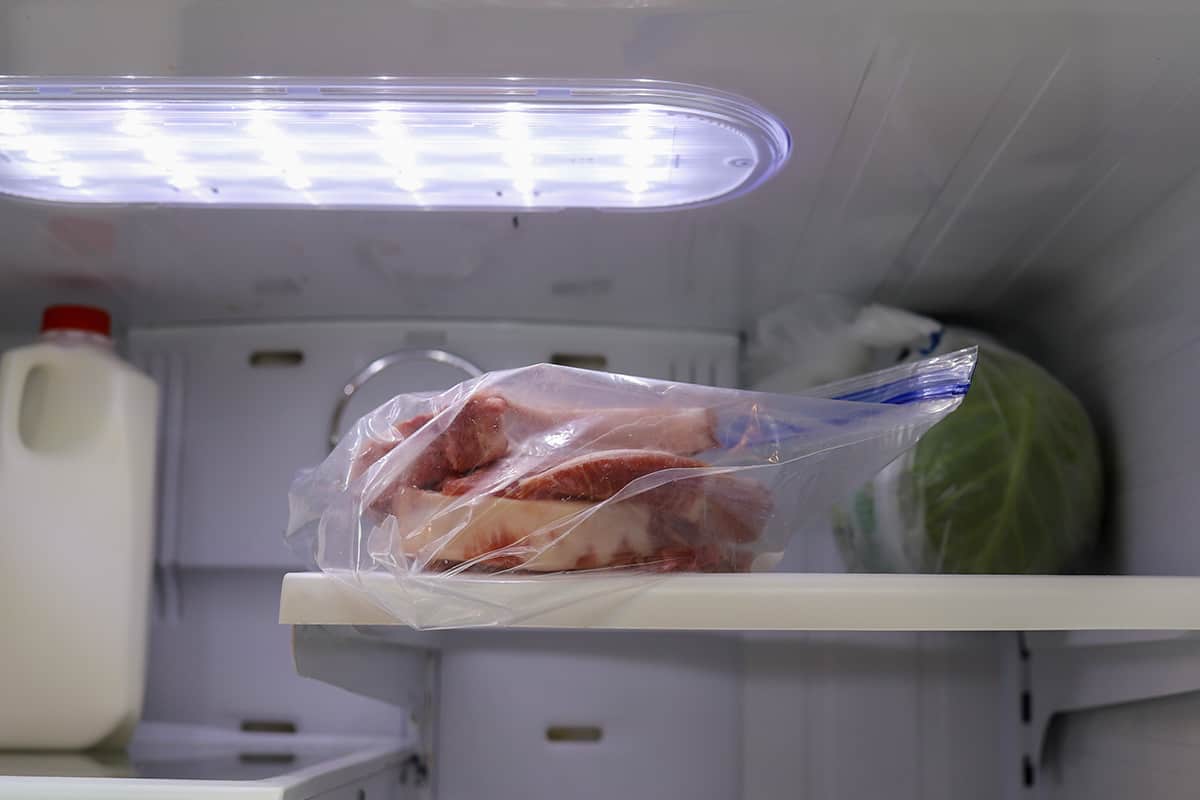
This is the longest defrosting method, but it’s also the least hands-on. This method is ideal for defrosting large hunks of meat that won’t fit in your microwave and won’t defrost evenly in the sink.
To defrost meat in the fridge, simply transfer the frozen meat from your freezer to the fridge in its original packaging. Make sure to place the meat package in a bowl to capture any of the juice run-offs. Every hour or so, empty the bowl of the meat juices and place the meat back in the fridge.
This process can take between 12 hours to even 5 days, depending on the size of the meat. While it’s considerably longer than microwaving meat or submerging it in water, it’s also the safest since your food is continuously being chilled and kept out of the danger zone.
Is It Okay to Cook Frozen Meat After Being Thawed and Without Thawing?
Now, what should you do if you have leftover meat after defrosting it? The good news is that you can reuse the meat. The bad news is that you can only refreeze the meat if you defrosted it via your fridge; you cannot refreeze meat that has thawed in the microwave or in a basin of water.
That said, refreezing previously thawed meat will take a toll on the quality of the meat. The texture may become stiffer or grainier, and it will lose a bit of its flavor. So, you should plan ahead and only defrost as much meat as your recipe calls for.
As for whether or not you can cook meat without thawing it beforehand, yes, you can.
The only reason why this isn’t recommended is that the outside of your food can cook a lot faster than the inside. What you may end up with is a cut of meat that looks delicious on the outside but is still raw on the inside. So, this won’t work well with whole cuts of meat—i.e., steaks, chicken legs, etc.
Cooking food without thawing is ideal when using small cuts or slices of meat. For instance, if you want to make chicken stir-fry or grill up beef for a Philly cheesesteak sandwich, every portion of the thinly-sliced meat will be exposed to the heat of your pan or grill, cooking everything quickly and evenly.
How Long to Defrost Meats (common Meat with Frozen & Defrosting Time Chart)
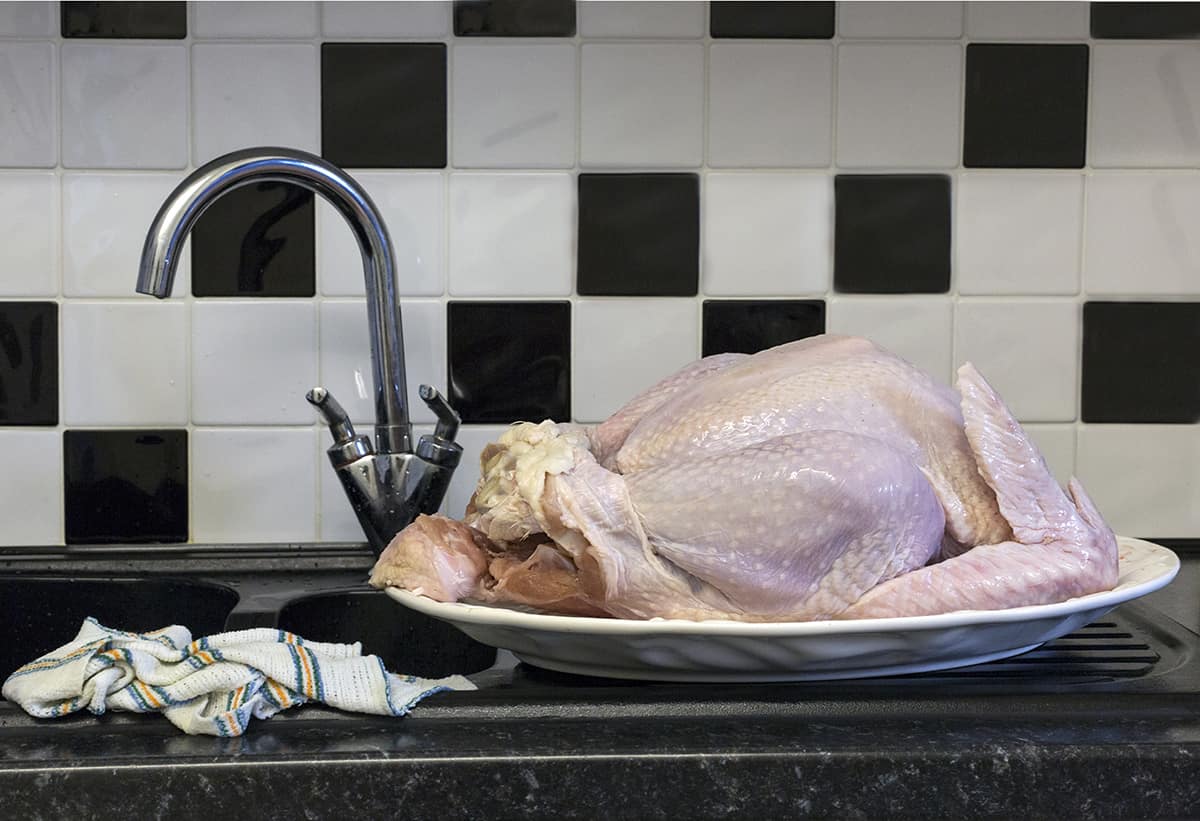
The following chart will describe the various cuts of meat and how long they take to defrost in the fridge.
| Type of Meat | Defrosting Time |
| Bacon | 12 to 24 hours |
| Ground pork | 24 hours per 5 pounds |
| Ham | 4 to 6 hours per pound |
| Pork belly | 30 to 60 minutes per pound |
| Pork chops | 12 to 14 hours |
| Pork loin roast | 3 to 7 hours per pound |
| Pork rib roast | 4 to 7 hours per pound |
| Pork ribs | 24 to 36 hours |
| Pork shoulder | 30 minutes per pound |
| Pork steak | 3 to 5 hours per pound |
| Pork tenderloin | 3 to 5 hours per pound |
| Pork sausage | 24 hours |
| Beef chuck | 4 to 7 hours per pound |
| Beef brisket | 24 hours per 5 pounds |
| Beef rib | 4 to 7 hours per pound |
| Beef belly | 24 hours per 5 pounds |
| Beef loin | 3 to 7 hours per pound |
| Beef flank | 24 to 36 hours |
| Beef round | 3 to 7 hours per pound |
| Beef shank | 5 hours per pound |
| Chicken breast | 24 hours per pound |
| Chicken drumette | 4 to 5 hours per pound |
| Chicken wing | 4 to 5 hours per pound |
| Chicken leg | 5 hours per pound |
| Chicken tender | 5 hours per pound |
| Chicken thigh | 24 hours 5 pounds |
| Chicken drumstick | 5 hours per pound |
| Whole chicken | 5 hours per pound |
| Bone-in turkey breast | 24 hours per 5 pounds |
| Boneless turkey breast | 24 hours per 5 pounds |
| Ground turkey | 24 hours per 5 pounds |
| Turkey leg | 24 hours per 5 pounds |
| Turkey thigh | 24 hours per 5 pounds |
| Turkey wing | 24 hours per 5 pounds |
| Whole turkey | 24 hours per 5 pounds |
How To Tell If Frozen Beef Is Bad

While a freezer can prolong the life of meat, that doesn’t mean your meat won’t spoil. Keep an eye out for these telltale signs that your beef has spoiled in the freezer.
1. Passed use-by date
The dates on the meat’s original packaging can be quite misleading. First of all, there may be 2 important dates stamped onto the package—the sell-by date and the use-by date.
The sell-by date is the date on which the retailer must dispose of the meat if it’s still around. The use-by date is the date that the customer must use up the meat before it spoils. There may be a 2 or 3-day difference between them, but the use-by date is what you should go by.
However, the use-by date usually refers to meat that’s stored in the fridge, not the freezer. In general, frozen meat should remain edible for up 6 months in the freezer, while it has a maximum shelf life of around 5 days in the fridge.
So, if you froze your meat properly, you can use it long after its use-by date. In this case, you’ll need to keep your eyes peeled for other signs of spoilage.
2. Slimy feel or look
If your beef looks slimy, then it most definitely is slimy. And if it’s slimy, that’s a clearcut sign that mold, bacteria, or another harmful pathogen has settled into the meat and established home base.
Don’t think that just because the exterior is coated in a slimy film the interior can still be edible. Even if the inside isn’t slimy, there’s a good chance that the bacteria or mold has made its way toward the center.
3. Off-smell
Uncooked meats don’t always smell great, but there’s a distinction between the smell of raw meat and the smell of spoiled meat. If your eyes don’t catch the visual cues that your beef is spoiled, your nose definitely should catch the smell cues.
However, this doesn’t necessarily apply to dry-aged steak, which gives off a slightly funky smell, not unlike the smell of rotting meat. So, if you go by your nose, you should look for other clues that your beef is past its prime.
4. Dry
After letting your meat defrost in the fridge, try pushing it with your index finger. Pressing the meat should still release some of the meat juices. If it doesn’t, there’s a good chance that your beef is bad, or, at least, it’s not going to be as flavorful as you hoped.
Regardless of what you do, your meat will lose some of its juices in the freezing and defrosting process. You can avoid rapid and significant juice losses by vacuum-sealing your beef before sticking it in the freezer.
If you feel that your beef is still edible despite its moisture loss, you can try brining it in a salt bath. However, no amount of brining will bring spoiled meat back from the dead.
FAQs
1. How long does meat last in the freezer?
On average, you can expect cuts large cuts of meat (roasts, whole turkeys, etc.) to last anywhere from 4 to 12 months, but you should be careful using meat that has passed the 6-month mark. Use your eyes and nose to gauge the quality of the meat after spending half a year in the freezer to determine whether or not it’s still edible.
2. How long does meat last in the fridge?
Any cut of uncooked meat will have a shelf life of between 3 and 5 days in the fridge. This doesn’t include the time it took to defrost. If you defrost your meat in the fridge, you can stick it back in the freezer to extend its shelf life but at the cost of reduced quality and flavor.
3. Can you freeze cooked meats?
Yes, you can. If you have leftover meat that you want to enjoy on a later date, stick the meat in a clean airtight container and place it as deep inside your fridge as possible. If you want to defrost cooked meat, let it sit in the fridge for 24 to 48 hours. You can also try defrosting it in the microwave, making sure to reheat it at a higher power level after it has thawed completely.
4. How to dispose of spoiled meat safely?
If your meat is spoiled, you need to get rid of it as soon as possible so that it doesn’t affect adjacent food products in your freezer or fridge. Place the spoiled meat in a plastic bag and toss it in the dumpster. Don’t try to throw old meat into your compost bin since it doesn’t decompose at the same rate as vegetation.
5. Does cooking meat kill bacteria?
Yes, it does. The heat from your stove, oven, or grill will destroy surface and internal bacteria, making your food safe to eat. This, however, does not apply to the meat that is already spoiled. Even if you nuke the meat to destroy all of the pathogens, the meat’s texture and flavor will have already been negatively affected.
